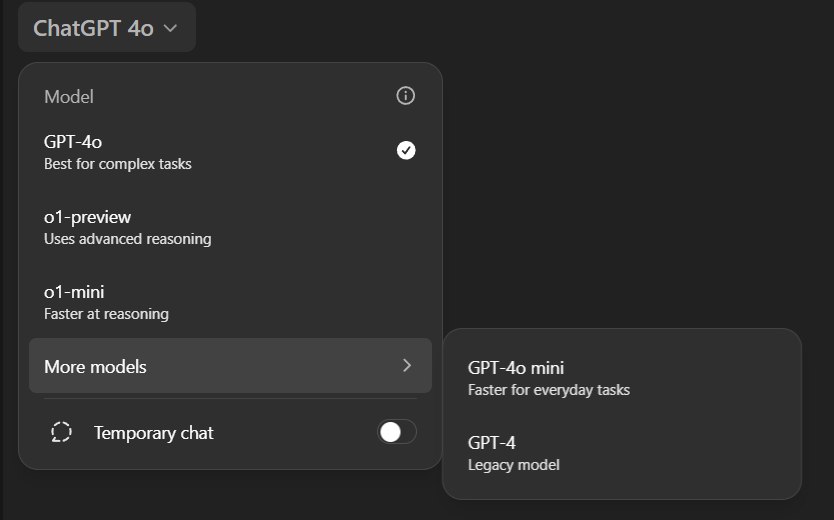On September 12, 2024, OpenAI quietly rolled out its latest AI models, the o1 series. These models, o1-preview and o1-mini, are designed to handle complex tasks like math, coding, and scientific problem-solving – basically, the stuff that makes most people’s brains hurt.
While they aren’t flashy or packed with new features, they offer some solid improvements in accuracy and safety, especially when it comes to tricky tasks. If you’re looking for an AI that can solve complex problems with a bit more precision, the o1 series might be what you need. But is it the best choice for everyone? Well, that depends on what you’re using it for.

What’s all the noise about “o1”?
The o1 series didn’t just show up to the party with promises – it brought receipts. In a test for the International Mathematics Olympiad, o1 scored 83%, a figure that would make even some mathletes sweat. To put this in perspective, the earlier GPT-4o model? It got a mere 13% on the same test. The difference is like comparing a bicycle to a rocket – the same mode of transport, but one of them takes you much further, much faster.
In coding competitions, the o1 models are proving to be just as sharp. On Codeforces, o1 hit the 89th percentile, far surpassing its predecessor. If you’ve ever been stuck in a coding loop at 3 AM, o1 might just be your new best friend.
Why Should You Care About Safety?
AI safety might sound as exciting as a seatbelt demonstration on an airplane, but it’s actually a big deal – especially when you’re dealing with machines that can outthink most humans. OpenAI has focused heavily on improving the safety of these models, making them 59% more resistant to hacks and harmful prompts compared to GPT-4o. Basically, it’s harder for someone to trick these AIs into saying or doing something they shouldn’t.
When it comes to sensitive subjects like violence, illegal activities, or harassment, o1 has a higher success rate of giving safe and appropriate answers. It’s like the difference between a well-mannered friend and that one friend who always blurts out the worst thing at the worst time.
Pricing: Worth It?
Now, onto the part where people start doing mental math. The o1-preview isn’t cheap. At $15 per 1 million input tokens and $60 per 1 million output tokens, it’s on the pricier side compared to GPT-4o, which is priced at $2.5 and $10, respectively. But if you’re looking for something that delivers precision in areas like math and coding, it could be well worth the cost.
For those who want something easier on the wallet, there’s the o1-mini, which clocks in at $3 per 1 million input tokens and $12 per 1 million output tokens. Sure, it’s 80% cheaper than the o1-preview, but it still holds its own in terms of performance.
The Catch: No Browsing, No Files, and Slow Responses
While o1 is a powerhouse in areas like math and coding, it does come with some downsides. First off, it’s slow – around 30 times slower than GPT-4o. If you’re looking for fast, real-time answers, you might be better off sticking with GPT-4o for now. Also, unlike its predecessor, o1 can’t browse the web or handle file uploads just yet. So, if your tasks require broader knowledge outside the STEM world, you might still need GPT-4o on speed dial.
What’s Next for OpenAI?

OpenAI isn’t done yet. They’ve hinted at more updates to the o1 series, including features like browsing capabilities and file uploads. So while the current version of o1 is excellent for specialized tasks, future updates could make it a more well-rounded tool, fit for a broader range of applications.
The real question is how these models will evolve in the future. OpenAI is already hinting at updates that could make o1 more versatile, potentially bringing in web browsing and file processing. It’ll be interesting to see how the tech community, developers, and researchers adapt to using these tools. What do you think? Is precision worth the slower speed, or would you stick with the more well-rounded models for now?

Leave a Reply